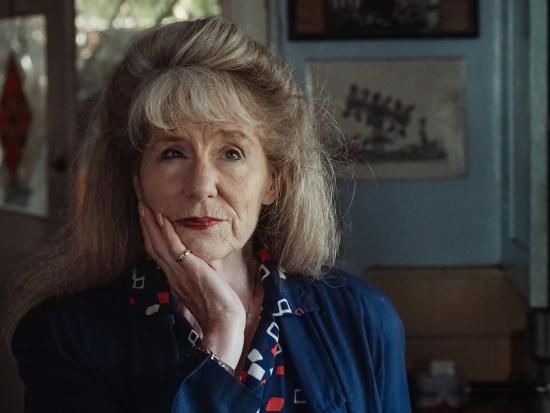
Why Does Cancer Risk Skyrocket As We Age? How ‘Inflammaging’ is the New Tool to End the Disease
One of the biggest mysteries of cancer is why it predominantly and almost exclusively targets people in middle age or older.
During the first five decades of life, you’re twice as likely to die in a car crash than from cancer. But that changes abruptly at the half-century mark. “90% of cancers come up after the age of 50,” says James DeGregori, Ph.D., the deputy director of the University of Colorado Cancer Center.
Why do our bodies suddenly stop being as effective in keeping cancer at bay after 50? There are theories — there’s more accumulated cell damage, our immune systems lose some of their luster — but there’s a new culprit that’s been driving cancer research in recent decades: Inflammation.
Or rather, inflammaging, a “mash of inflammation and aging,” says Dr. Brian Brown, director of the Icahn Genomics Institute at Mount Sinai in Manhattan. “It’s a newly appreciated factor in the aging process and one that contributes to the higher likelihood of developing cancer in older people.”
Everything that science once believed about inflammation is changing, says Dr. Shilpa Ravella, an assistant professor of medicine at Columbia University Medical Center and author of “A Silent Fire: The Story of Inflammation, Diet, and Disease” (W. W. Norton, out now).
“The relationship between inflammation and cancer is more complex than previously imagined,” she tells the Post. “Inflammation is, in fact, one of the ‘hallmarks’ of cancer.”
Inflammation, at its core, is a good thing. It’s part of the body’s immune response, and the reason we don’t die every time we get an infection. “In a healthy situation, your immune system fights off the infection, eliminates the cancer cells, and the job is done,” says Brown. “And then it shuts itself off.”
But that changes as we age. “Particularly after the age of 40, our bodies have more difficulty dampening down the inflammation,” says Brown. “This is why older people got much sicker from COVID. It was not the virus that killed many older people. It was the inflammation caused by the virus. They could not turn it off.”







